Chinnar Wild Life Sanctuary
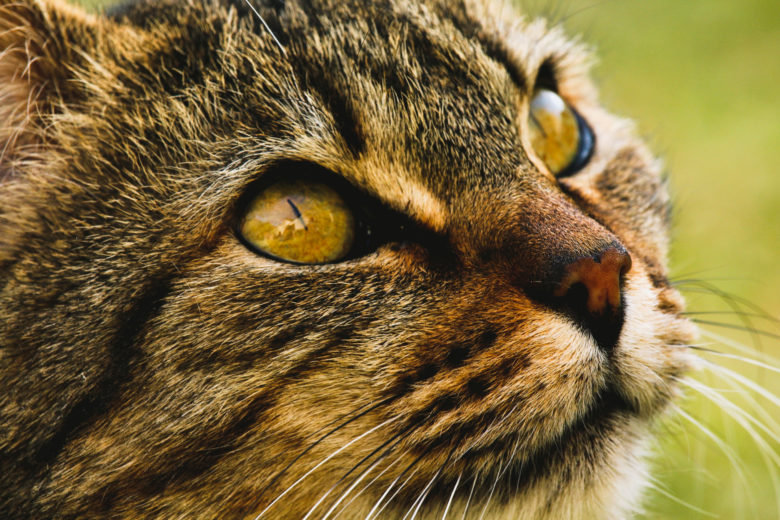
Photo Credit : Taboadahdez from Pixabay
The Chinnar Wildlife Sanctuary is located in the rain shadow region of Western Ghats of Kerala, India., and represents a large number of plants and animals unique to the thorny vegetation. Apart from the dry thorn forests, due to the significant variation in altitude and rainfall, it has a wide array of habitat types like deciduous forests, dry thorny forest,riparian types, sholas and grasslands that are interspersed with plains, hillocks, rocks and cliffs which provide micro habitats for varied forms of life. It is an abode of reptilian fauna and the richest in Kerala in terms of the number of species. Albizia lathamii, a critically endangered species has been reported from thedry forests of Chinnar. It is a well known repository of medicinal plants.
The riverine forests along Chinnar and Pambar support a healthy population of Grizzled Giant Squirrel. The famous ‘white bison of Manjampatti’ has been recently reported from Chinnar. With 225 species of birds, Chinnar is rich in avian diversity. In association with the neighboring PAs, Chinnar forms part of a viable conservation unit. Due to the significant variation in altitude and rainfall, Chinnar has a wide array of habitat types like deciduous forests, dry thorn scrub, riparian forests, shoals and grassland.It has about 1000 species of flowering plants and is a well known repository of medicinal plants.There are 114 endemics and Aibizia lathamii,a critically endangered tree has been recently reported from the dry frosts.
Chinnar wildlife sanctuary has recorded the largest number of reptilian fauna in Kerala including the mugger crocodile. With 225 recorded species of birds,it is one of the richest areas of south India in avian diversity. The riverine forests support a healthy population of the endangered Grizzled Giant Squirrel, the pride of Chinnar.The famous and extremely rare white bison has been recently reported.Other important mammals found are elephant, tiger, leopard, guar,sambar, spotted deer, Nilgiri tar, common langur, bonnet macaque etc.
The phenomenon of butterfly migration occurs in between the monsoons. Two groups of tribes, Muthuvans and Hill Pulayas, inhabit the sanctuary in 11 hamlets or kudies.The life world of the two tribal communities are very different. The Sanctuary provides the livelihood options for the tribes and helps in maintaining their cultural heritage. Archeologically significant megalithic burial sites consisting of dolmens and cysts are found near some settlements. Being inside the Sanctuary, these 11 settlements have significant impact on the forests around them and vice versa. With the launching of the Ecodevelopment programme, successful efforts have been made for evolving a model of biodiversity conservation in a human dominated landscape. The focus of the programme is to minimize the impact of local tribel communities on the Sanctuary by involving them in its management and providing alternate means of income generation.
Entry Time: 6 AM to 11 Am ,3 Pm to 6 Pm
Map View
Monday
Open 24 hours
Tuesday
Open 24 hours
Wednesday
Open 24 hours
Thursday
Open 24 hours
Friday
Open 24 hours
Saturday
Closed
Sunday
Closed
Create a trip plan to Chinnar Wild Life Sanctuary FREE
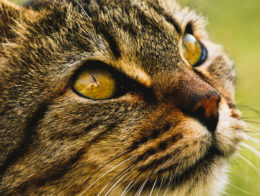

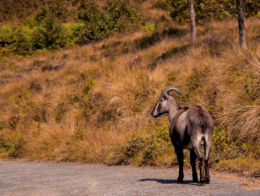
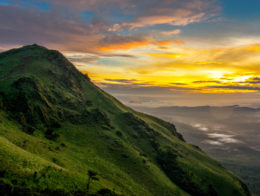
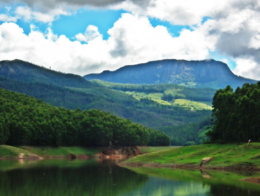
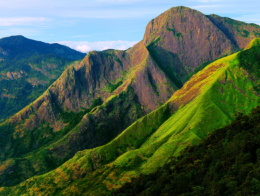
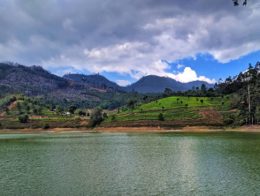
Leave a review
You must be logged in to post a comment.